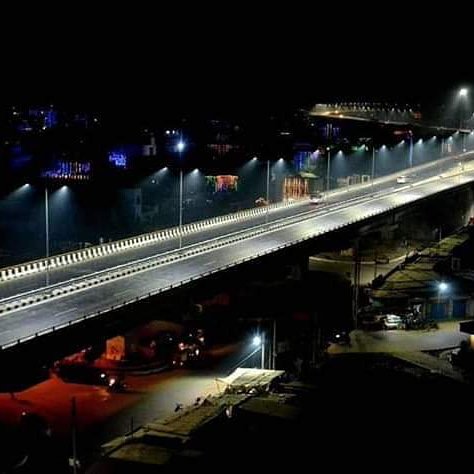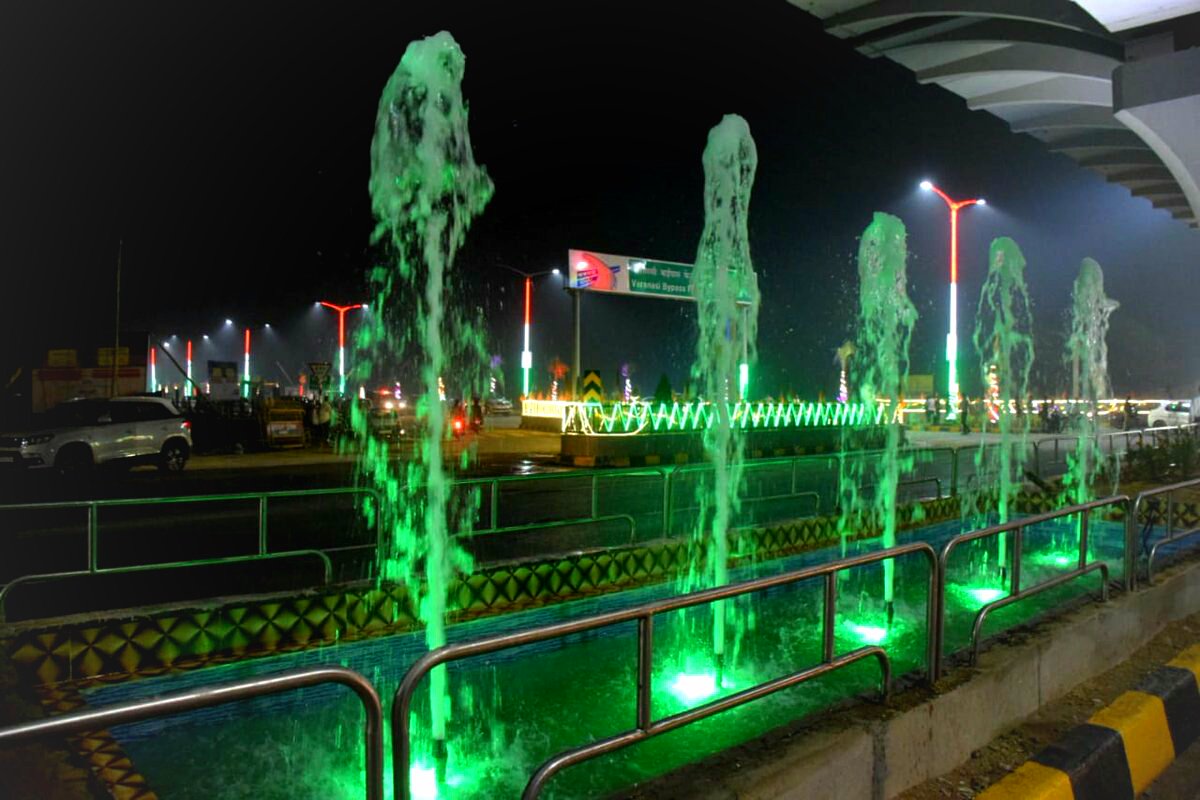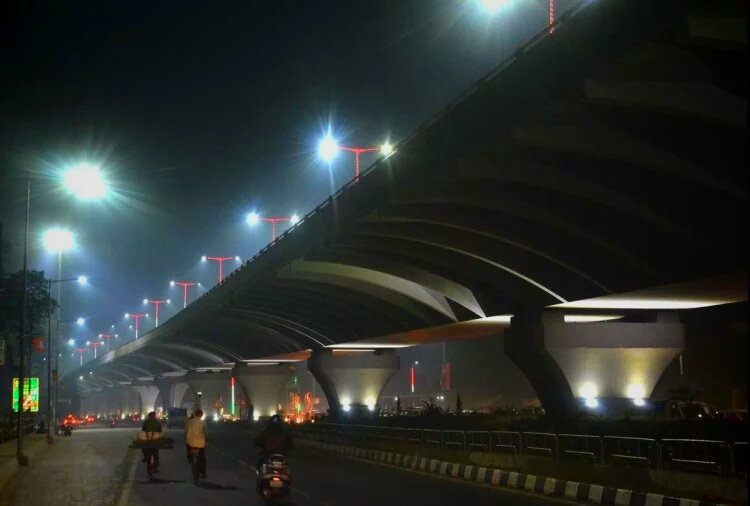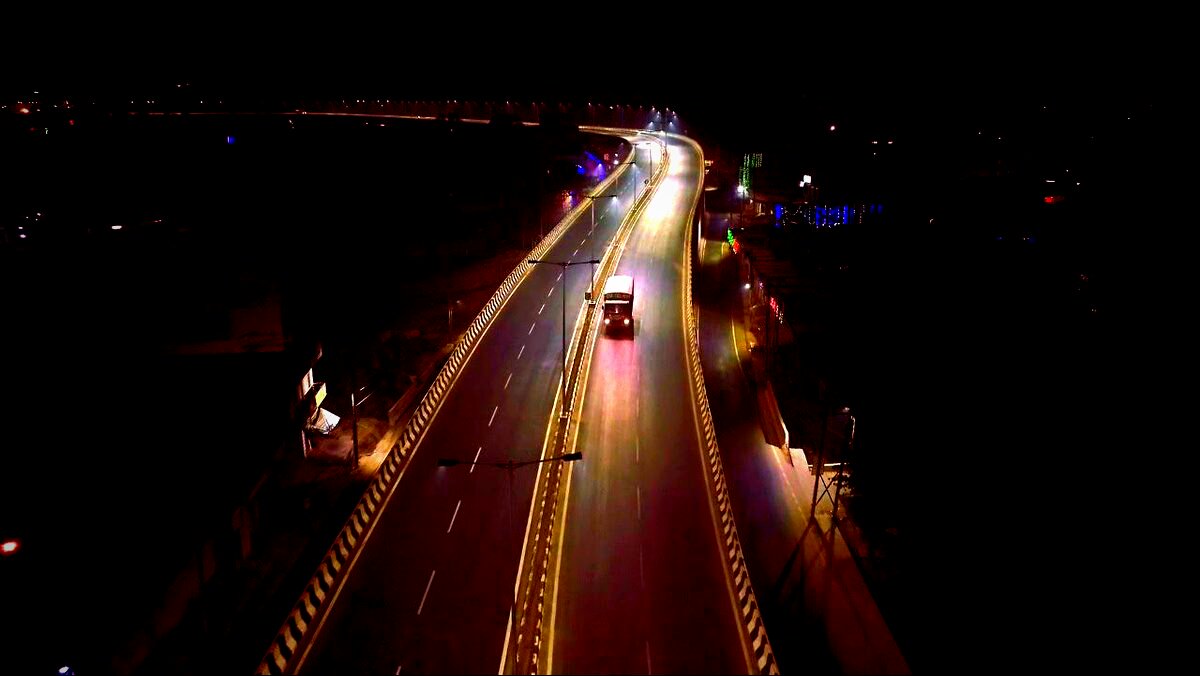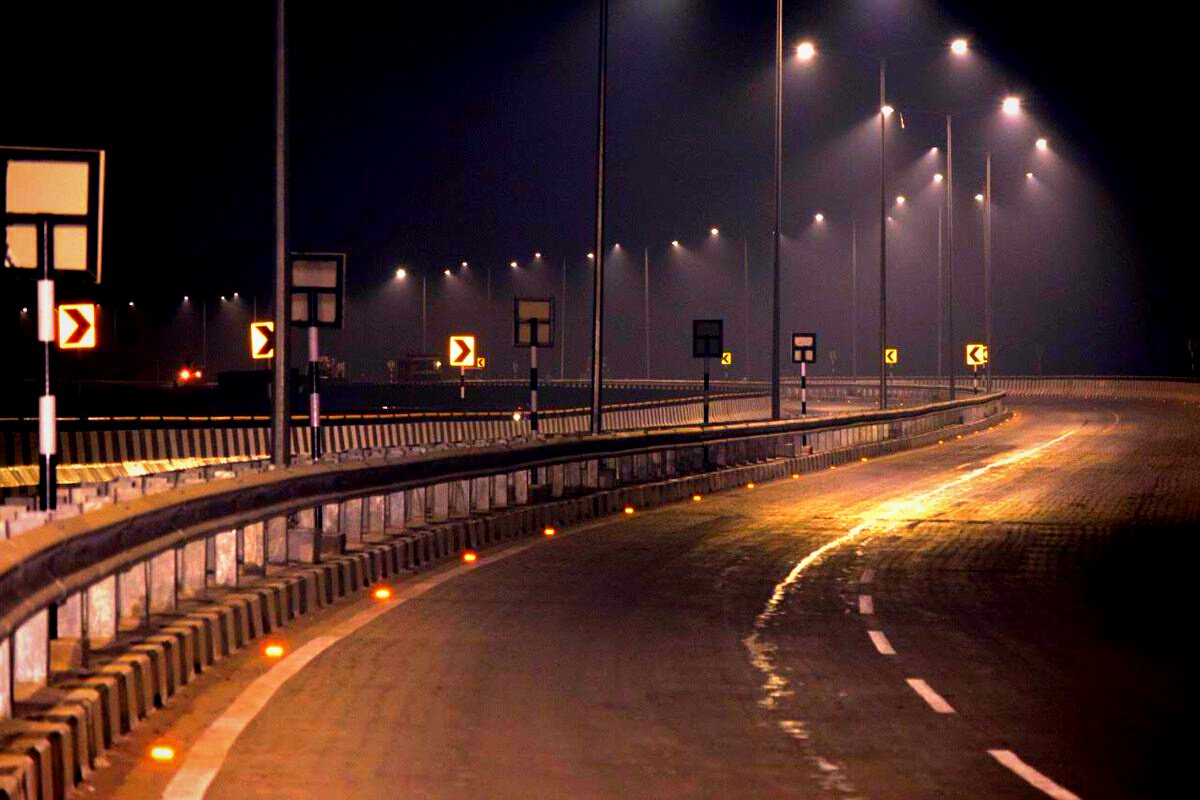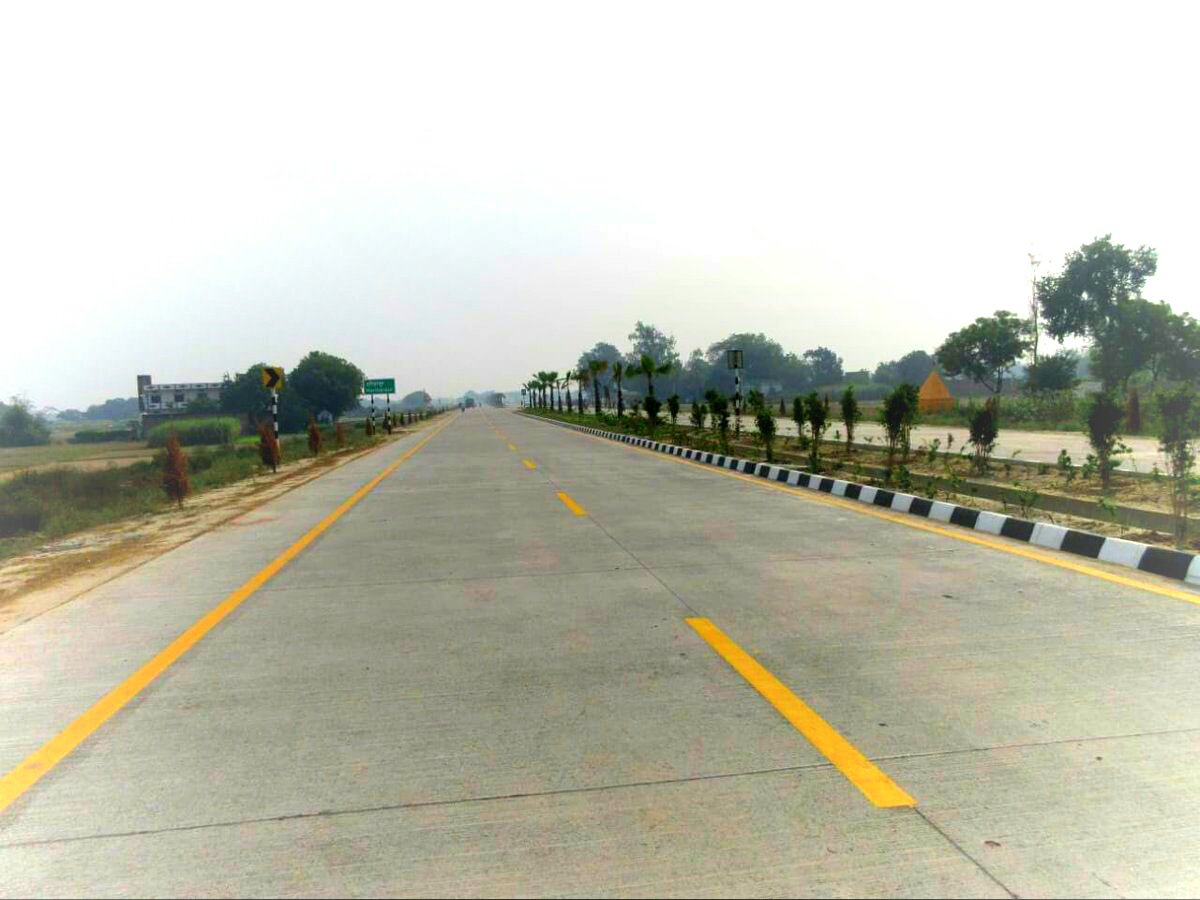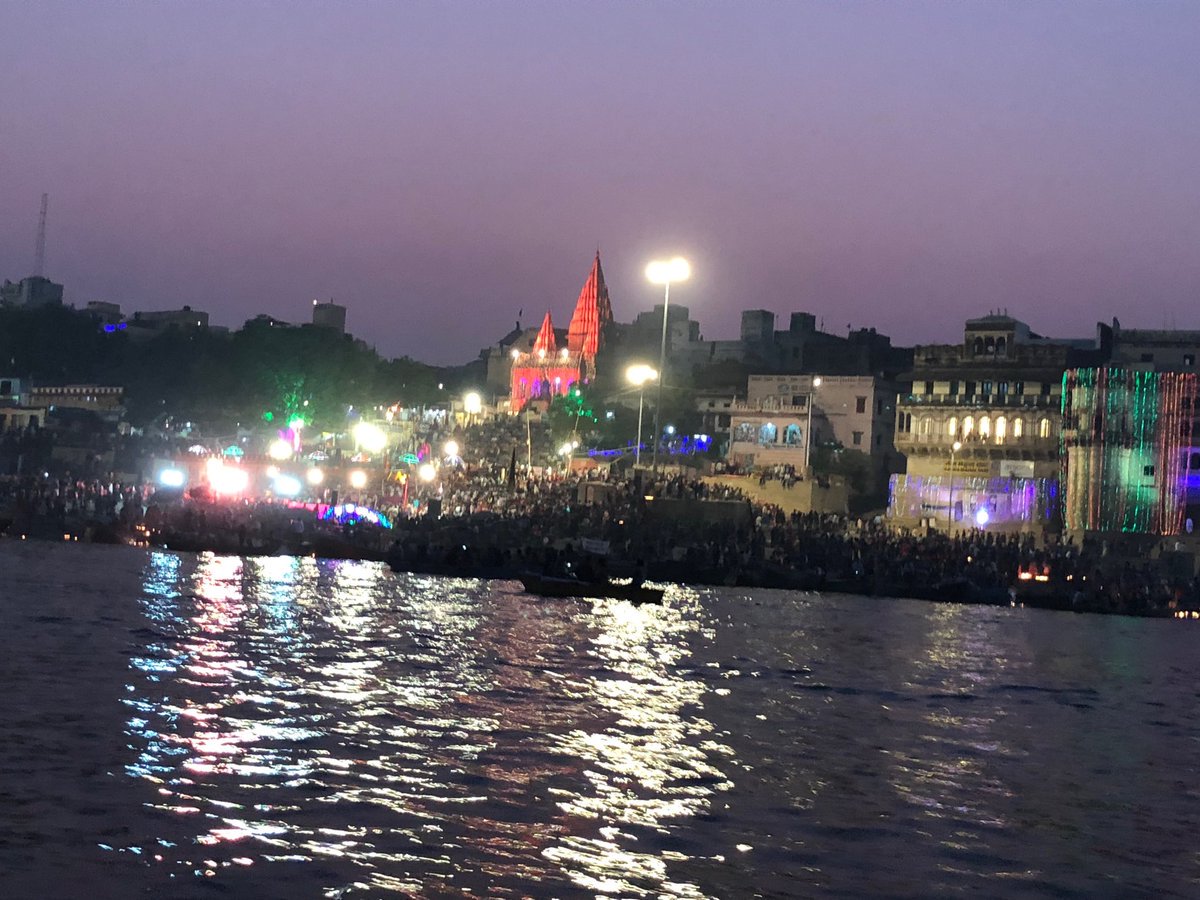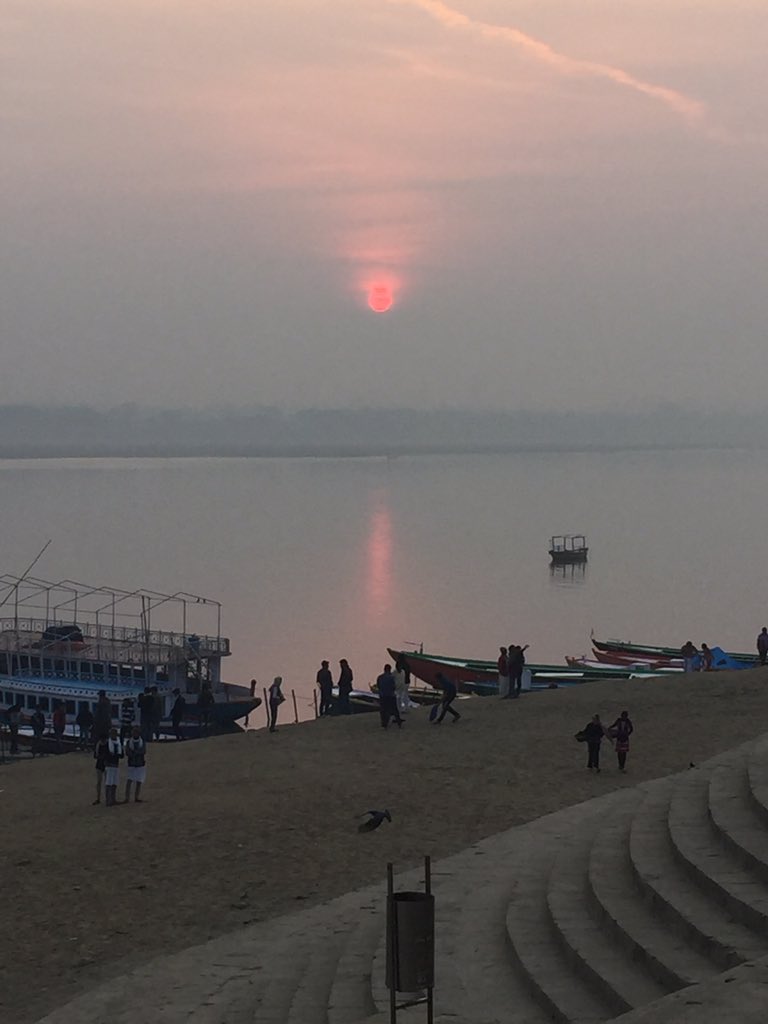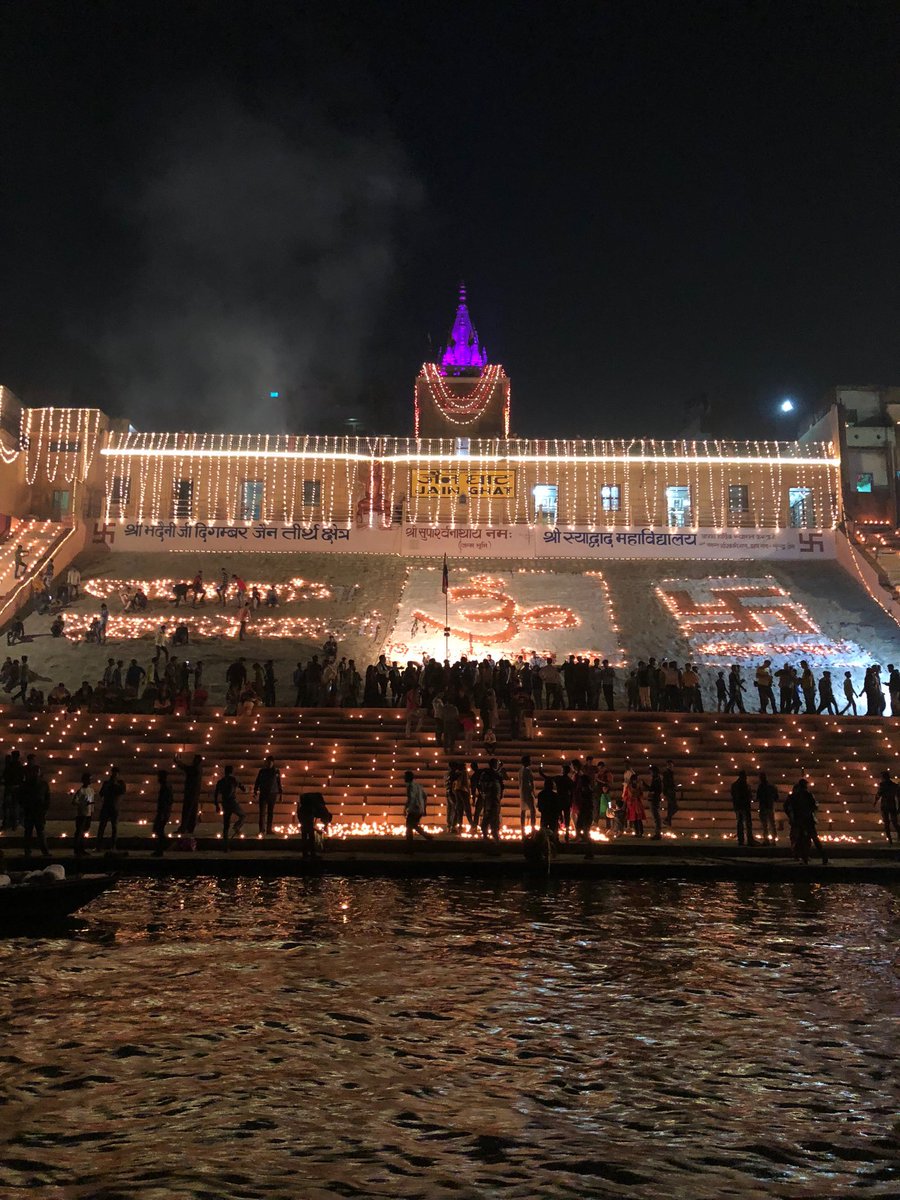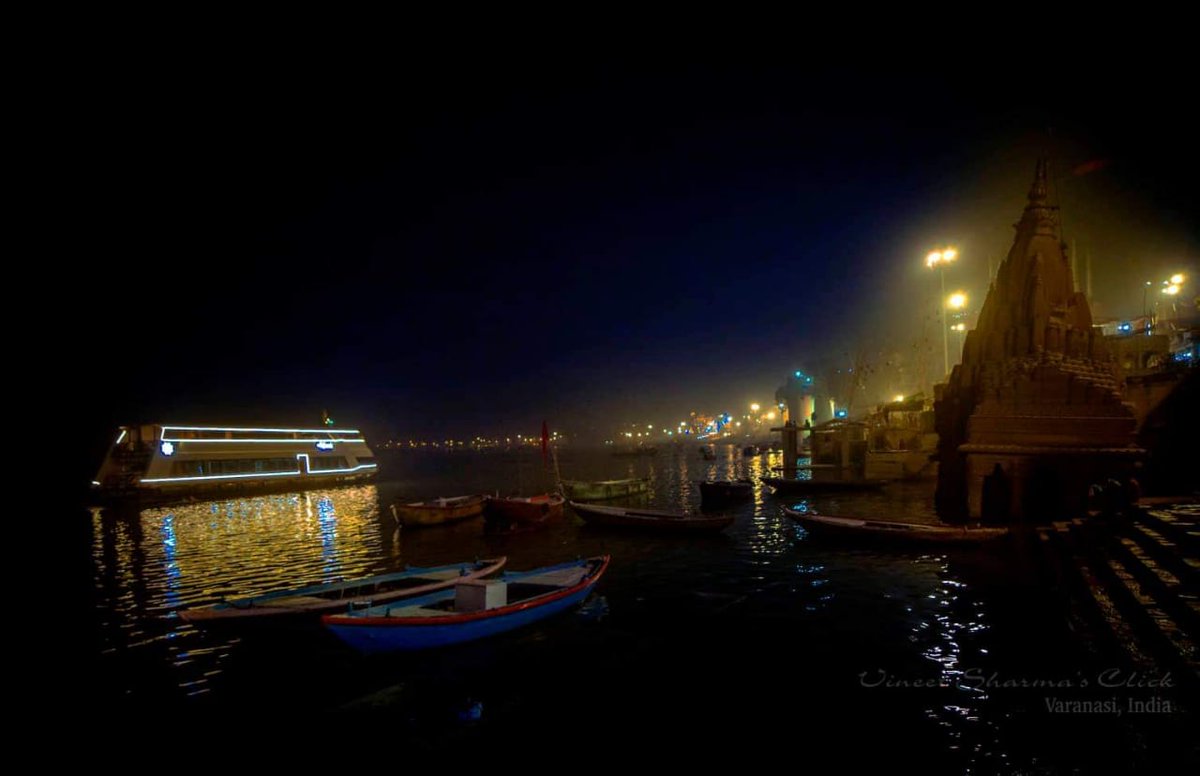A choice hailed by many with some going to the extent of calling Varanasi the fountainhead of Indian civilization
That may be an overstatement. However there is no denying Varanasi's centrality to Indian life
For him the great cities of India would likely be Bombay, Delhi, Bangalore maybe
What is the big deal about Varanasi, he may ask? A city with fewer than 2 million people
Arre yaar...it's the place where my granny wants to go all the time. Teerth yatra karna chahti hain
But Varanasi isn't quite Puri. Or Hardwar. Or Madurai
It is much more than that
The Garuda Purana famously states that Varanasi is one of the seven teerthas (with others being Ayodhya, Mathura, Kanchi, Ujjain, Haridwar, and Dwaraka)
But we tend to overlook the other aspects of Varanasi
It's centrality to Indian intellectual life. And its geopolitical importance for much of Indian history
As recently as 19th cen it was one of the largest Indian cities
It is only in our times that Benares has slipped out of the top 10 Indian cities going strictly by population
So it is likely that in the 18th century, Benares was the largest city in India
This was some 12 years after the ratification of the American Constitution
Benares even in that late date, was the 5th largest city in India with 219K people
In 1800, it was the largest Indian city. 150 years later, it was still.a largish town, but not one of India's pre-eminent urban centers
Its roots go back close to 3000 years
As Mark Twain famously quipped
""Benares is older than history, older than tradition, older even than legend, and looks twice as old as all of them put together"
If one recalls, it is the princesses of Kashi who are forcefully abducted by the great Bhishma to become brides of his much younger half brother Vichitravirya
The Jataka tales discuss Kashi a great deal
It was no doubt a v prosperous region at the time of Siddartha Gautama
In this text, Buddha himself refers to Kashi as a place of some affluence
A curious quip suggesting that Kashi was a city of some commercial significance back in his day
Structures like the Dhamek Stupa (originally commissioned by Ashoka in 3rd cen BCE) suggest that it did not take v long after the Buddha's Nirvana for the city to gain religious significance
Long before the rise of the Mauryan Empire, the Magadhans led by Ajatashatru vied hard for control of Kashi along with the Kosala Kingdom based in Shravasti to the north west
Adi Keshava temple was the pre-eminent Kashi shrine in the 11th century when Kashi served as the capital of the Gahadavala dynasty
Visitors to Varanasi barely know about the old Adi Keshava temple today - the oldest shrine in the city
While Sarnath remained an important Buddhist pilgrimage, Kashi carved out its distinctive mark as the Hindu teertha-sthal par excellence
All major Puranic texts dating back to early-mid 1st millennium CE
In all these texts, the legend of Divodasa - the legendary king of Kashi looms large
In later versions of the story, Shiva gets involved in the narrative. With Shiva taking the help of Nikhumba to expel Divodasa, so that he can have Kashi for himself and Parvati!
To this day Kashi retains its Shaivite character. It's very much the city of Shiva
It was as much an important center of Vishnu worship as Shiva worship. That may seem odd. But true
Adi Keshava
Bindu Madhava
Bakaria Kund (obsolete)
Which suggest that Kashi was never quite a unifocal city unlike say a town like Srirangam down South where everything revolves around Lord Ranganatha
Lakshmidhara, the chief minister of the Gahaladeva dynasty, in the 11th century, refers to Vishwanatha temple only in passing in his digest on pilgrimage shrines - “Tirtha vivechana Kanda”
E.g. Bakaria Kund, Adi Keshava.
In part because the old Kashi was destroyed by invaders in 12th century
Is it merely a teertha sthal? No
The city has long retained its status as a place of sacred learning.
The Father in law pleads and convinces the groom to stay!
The great acharyas of southern india, be it Sankara, or Ramanuja, have visited this city as per hagiographies
Ramananda
Kabir
And of course
The great Tulsi das
The great British scholar and artist James Prinsep spent much of his India career in Varanasi, and has captured the city for us with his magnificent drawings
The insults he allegedly received from brahmins motivated his future anti-brahminical orientation, and contributed to his making
The city of many a Bhakti saint
The city of Tulsi
The city of Buddha and of several Jain Tirthankaras
The city of Malaviya
And above all the city of Shiva!
Benares - The City of Light - published in the early 1980s
amazon.com/Banaras-Diana-…
The old city to its north. Where much of the excavation still has NOT happened
Very ancient shrines like Adi Keshava, Bindu Madhava, Bataria Kund - which lie neglected
The 11th century dynasty Gahadavala - was misspelt in many places.
It is - Gāhaḍavāla







